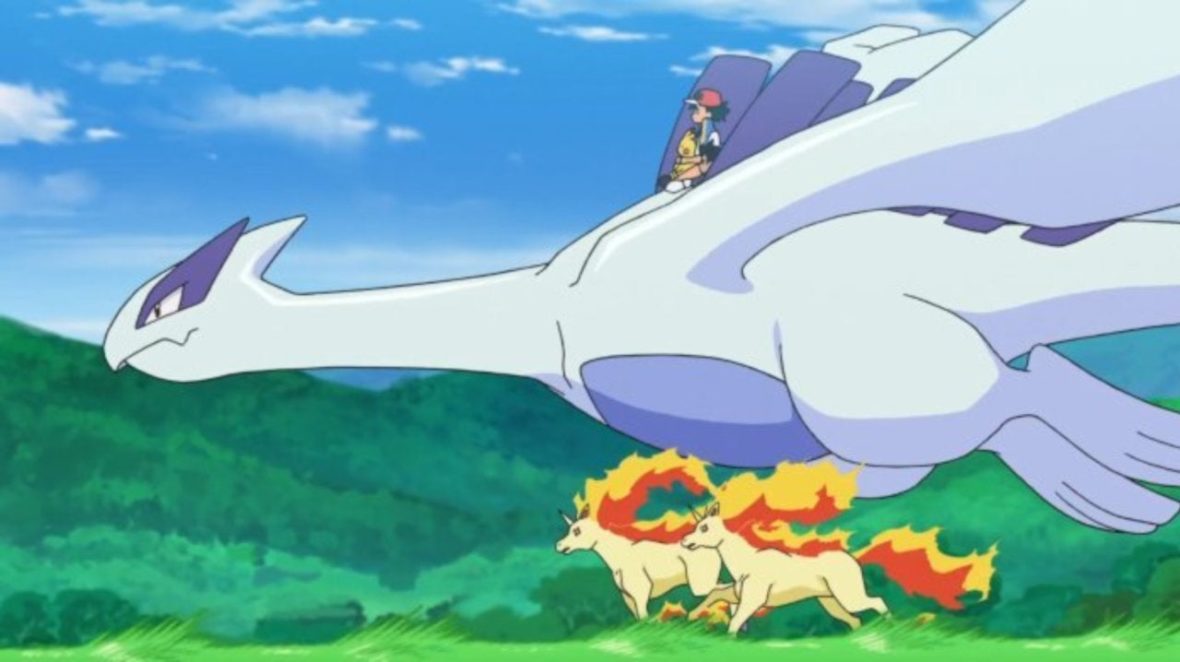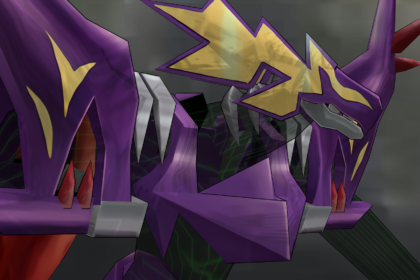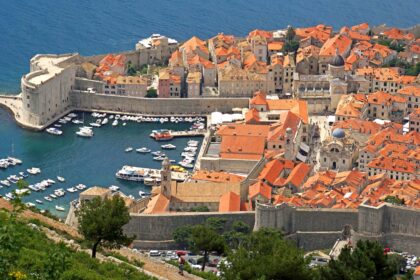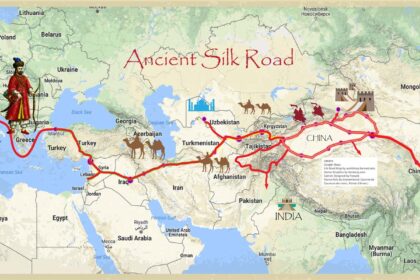Lugia is a dual type Psychic and Flying Legendary Pokemon introduced in Generation II. It is not known to evolve into or from any other Pokemon. It is often considered to be part of the Tower duo with Ho-Oh, even sometimes as Ho-Oh’s polar opposite. Silver represents Lugia as “guardian of the seas,” and Gold represents Ho-Oh as “guardian of the skies.” Lugia is also the trio master of the Legendary birds.
Lugia is the game mascot of Pokemon silver, its remake Pokemon SoulSilver, and Pokemon XD: Gale of Darkness, appearing on the boxart of them all. In Pokemon XD, Shadow Lugia, codenamed XD001, is a main part of the storyline, and Cipher’s ultimate Shadow Pokemon. Take a look below for 28 fun and fascinating facts about Lugia.
1. Lugia is a large Pokemon that resembles a dragon, a plesiosaur, and a bird.
2. It is primarily pale silver-white, but it has blue undersides with slightly varying tones.
3. It has a ridged mouth similar to a beak, although it has pointed teeth on its lower jaw.
4. Its head has a point to the back, and Lugia’s eyes have pointed blue or black spikes on them.
5. Lugia has a long, slender neck and a smooth, streamlined body.
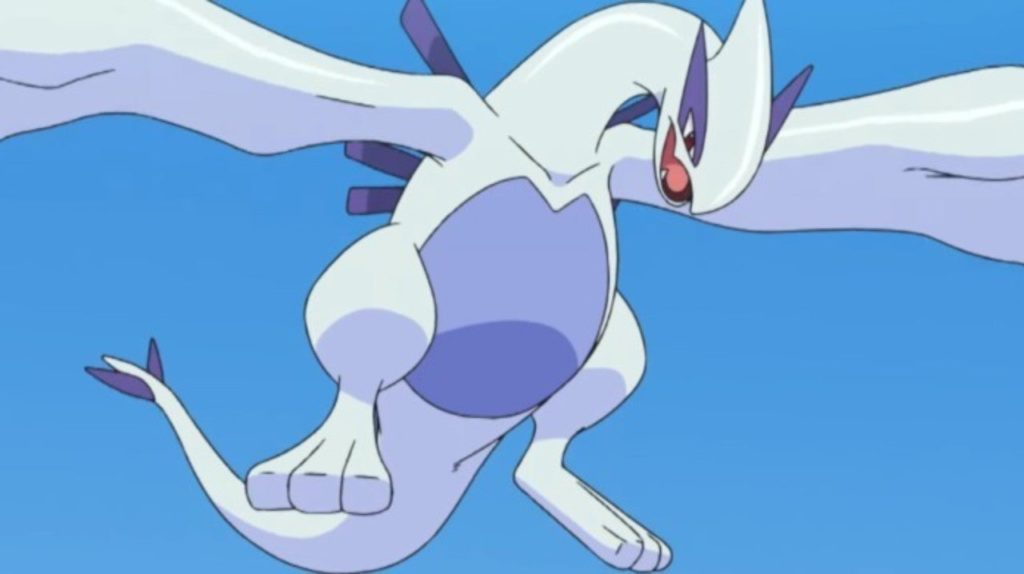
6. Dark blue or black plate-like protrusions run down the length of its back, and there are two smaller, more pointed ones on the end of its tail.
7. It can fold back these plates to increase its speed.
8. It has large wings that resemble hands.
9. Though it is genderless, a young Lugia has been observed, suggesting that there is a breeding population.
10. Lugia has been shown to be fiercely protective of its young.
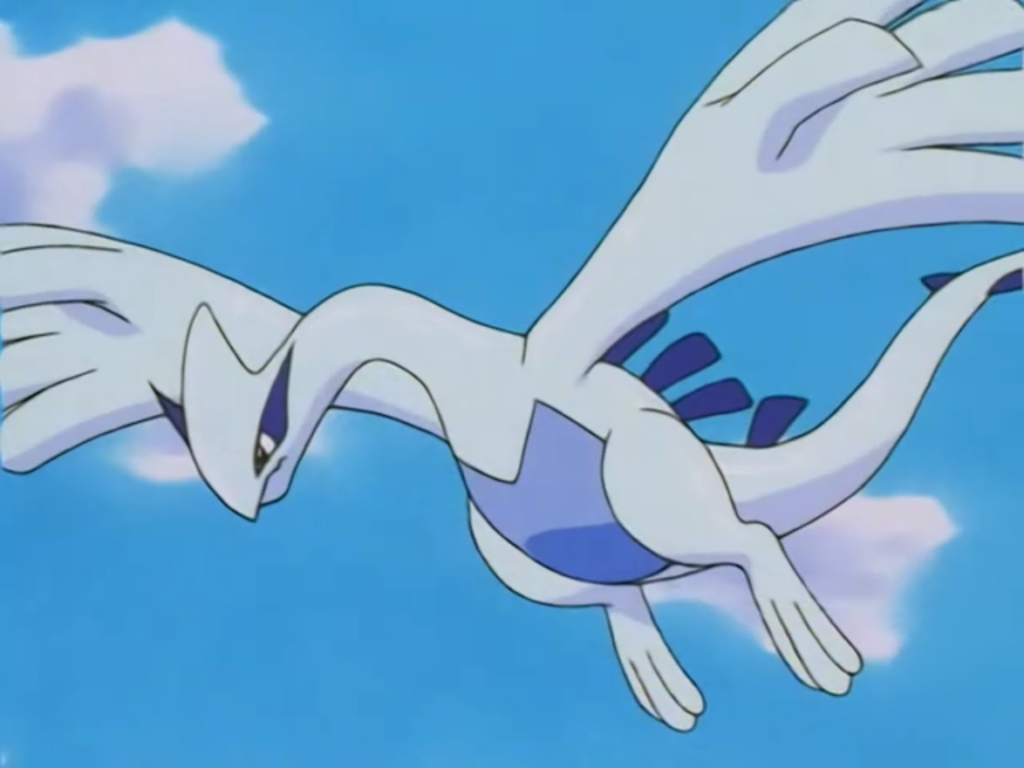
11. Lugia leads the legendary birds.
12. When they fight over territory, Lugia is the only Pokémon that can quell their ceaseless fighting, as observed in the second Pokémon movie.
13. Much like the birds, it possesses the ability to control the weather; most notably, it can calm and give rise to storms.
14. It is said that a light flutter of its wings is capable of causing winds powerful enough to tear down cliffs.
15. If it were to flap its wings, it could hypothetically spawn storms lasting as long as 40 days.
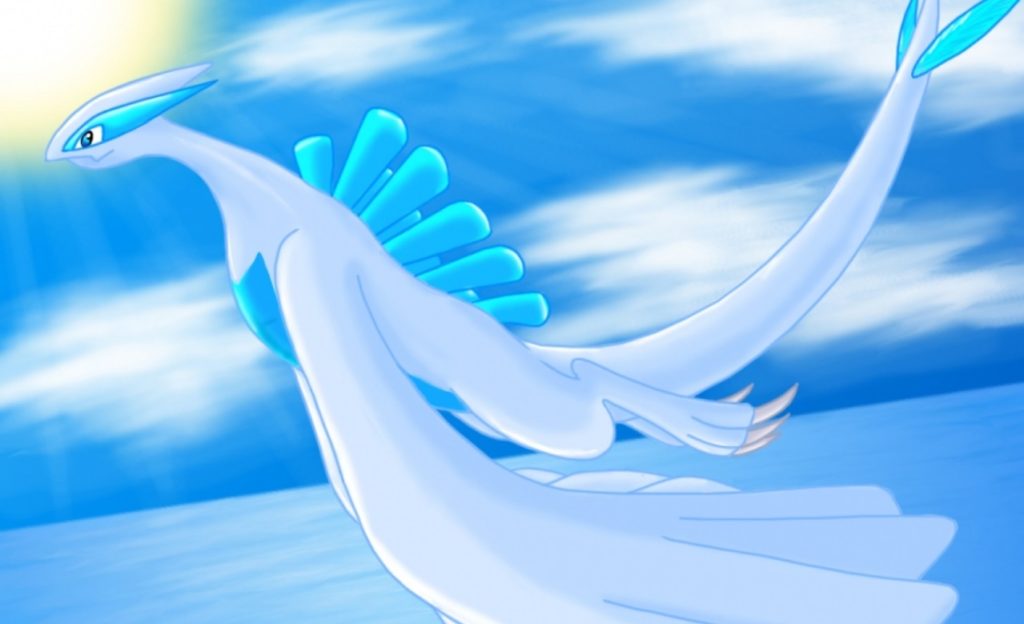
16. It is highly intelligent, and because of the devastating power it could accidentally inflict, it isolates itself deep underwater and tends to sleep in solitude.
17. Lugia is the only known Pokémon that learns Aeroblast.
18. It is extremely rare and is hardly ever seen.
19. Before the introduction of Pokémon Gold and Silver, Lugia was known as “Pokémon X”. In the anime, Dr. Namba also refers to Lugia as “Pokémon X”.
20. In Gold and Silver, Lugia, like Ho-Oh, has the same encounter music as normal wild Pokémon. The same was true for the Legendary beasts before they received unique encounter music in Crystal. However, Lugia and Ho-Oh got their own unique battle themes in HeartGold and SoulSilver.
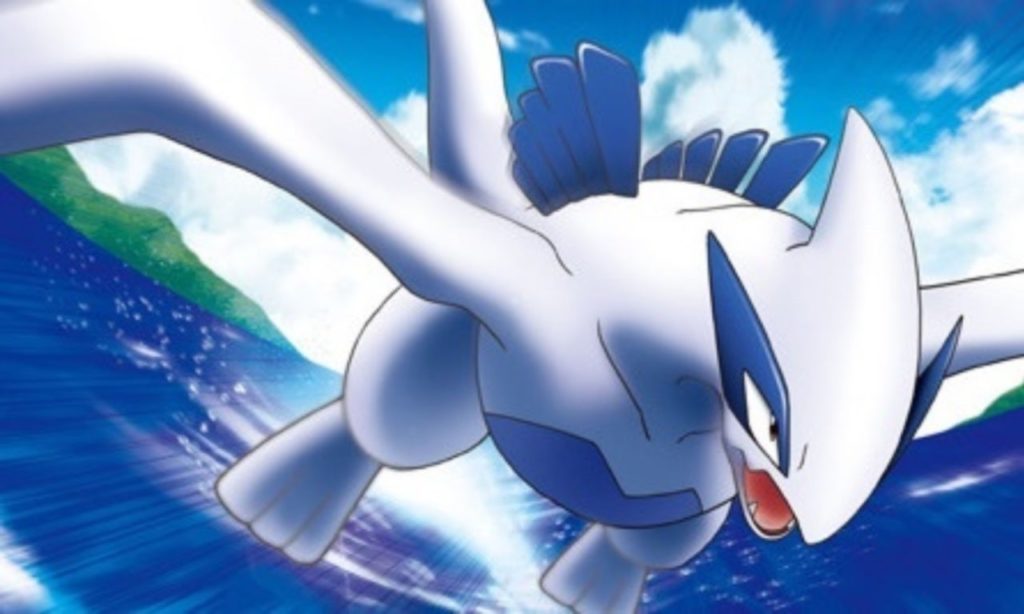
21. Despite not being a Water type, Lugia has occasionally been depicted as a Water-type in the Trading Card Game.
22. Lugia is tied with Ho-Oh for the highest base Special Defense stat of all Flying-type Pokémon.
23. Lugia’s Generation IV, V, and VI Pokédex entries that mention it being able to cause a 40-day storm may be a biblical reference to Noah’s Ark.
24. When Lugia’s Shiny form is shown in Pokémon Stadium 2, it is green rather than pink.
25. Lugia’s aquatic tendencies could relate it to plesiosaurs. It is also possible that Lugia may be based on Ryūjin, a dragon who lived on the ocean floor and was the Shinto god of the sea. The two have similarities in mythology, and Lugia’s Shiny colors (red and white) are the same colors as the coral Ryujin’s palace was made of. In addition, it is worth noting that dragon (yang, male, water) and phoenix (yin, female, fire) duality is prevalent in Eastern mythology, and Ho-Oh clearly resembles a phoenix.
26. Lugia may also be an embodiment of storms. Lugia’s avian body, coloration, and face-markings suggests that it may be somewhat based on the grey heron. The beluga whale, a white whale with a similar body shape and coloration to Lugia, may also be a basis for Lugia’s design and name. Lugia’s back fins and tail spikes are reminiscent of the Stegosaurus.
27. Lugia may be derived from lutetium (a silverish element), which in turn is named after Lutetia (the Roman name for Paris, the city of light). It may also involve Lugeo (Latin for to lie dormant, alluding to the way Lugia lies at the bottom of the sea) and luna (Latin for moon). Alternatively, it may come from beluga whale. It may also incorporate deluge.
28. Lugia debuted in The Power of One, where it was central to the legend of Shamouti Island. Its Psychic powers allow it to communicate with humans through telepathy.

